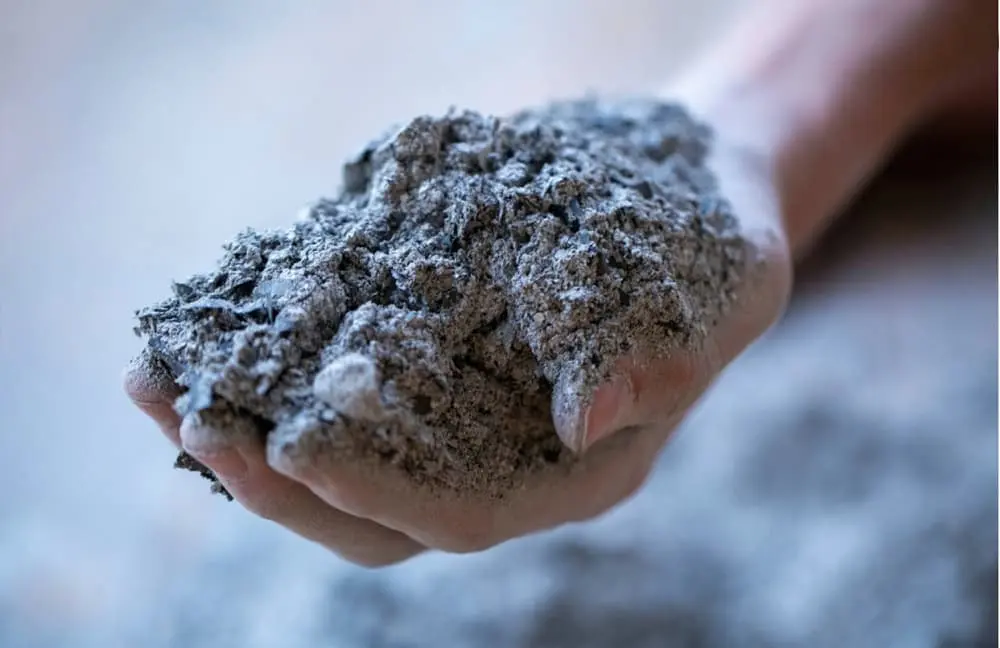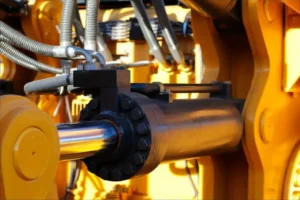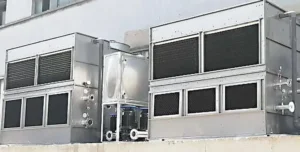
يجب أن تستوفي المواد البوتقة المستخدمة في صهر الفرن التعريفي المتطلبات التالية.
1. The crucible material must have high refractoriness
Since the temperature of molten steel during smelting can be as high as 1700°C, the refractory resistance of the crucible material must not be lower than this standard, and should even reach above 1750°C. For smelting cast iron, the refractoriness of the material should be maintained at least 1600°C.
2. Excellent chemical resistance
In the complex environment of high-temperature molten steel, high vacuum, and highly alkaline slag, the crucible material should not participate in chemical reactions and exhibit good chemical stability.
3. Good thermal shock resistance
The crucible needs to withstand rapid temperature changes from high-temperature molten steel to an empty furnace. لذلك, يجب أن يكون للمواد البوتقة مقاومة جيدة للتبريد السريع والتدفئة السريعة لضمان عدم تصدعها أثناء عملية تغيير درجة الحرارة, وبالتالي تمديد حياة الخدمة.
4. قوة درجة الحرارة العالية
أثناء عملية الصهر, سوف يعاني البوتقة من الضغوط المختلفة, مثل تأثير التهمة, الضغط الثابت للصلب المنصهر, قوة التحريك الكهرومغناطيسي للصلب المنصهر, إجهاد اختلاف درجة الحرارة من البوتقة, إلخ.
لذلك, يجب أن يكون للمواد البوتقة قوة كافية في درجة حرارة عالية ولا تصدع تحت عمل القوى المختلفة.
5. أداء عزل ممتاز
يحمل الجدار البوتقة بين الصلب المنصهر والفائف الحثية جهدًا من عشرات إلى مئات الفولت. لذلك, the crucible material is required to have good insulation properties at high temperatures to prevent the crucible from breaking down.
6. Low thermal conductivity
أثناء عملية الصهر, when the temperature difference between the inside and outside of the crucible is the largest, it can reach about 1400~1600°C. في نفس الوقت, 10%~15% of the total heat supply will be lost outward through the crucible wall. In order to reduce heat loss during the smelting process and improve thermal efficiency, the crucible material should have low thermal conductivity.
7. حماية البيئة
Crucible materials should not release harmful substances during use, and their waste should also be disposed of harmlessly to ensure no pollution to the environment.
8. Economics and supply stability
Considering the large consumption of crucible materials during the smelting process, the selected materials should ensure stable supply and reasonable prices to meet the continued demand for production.







